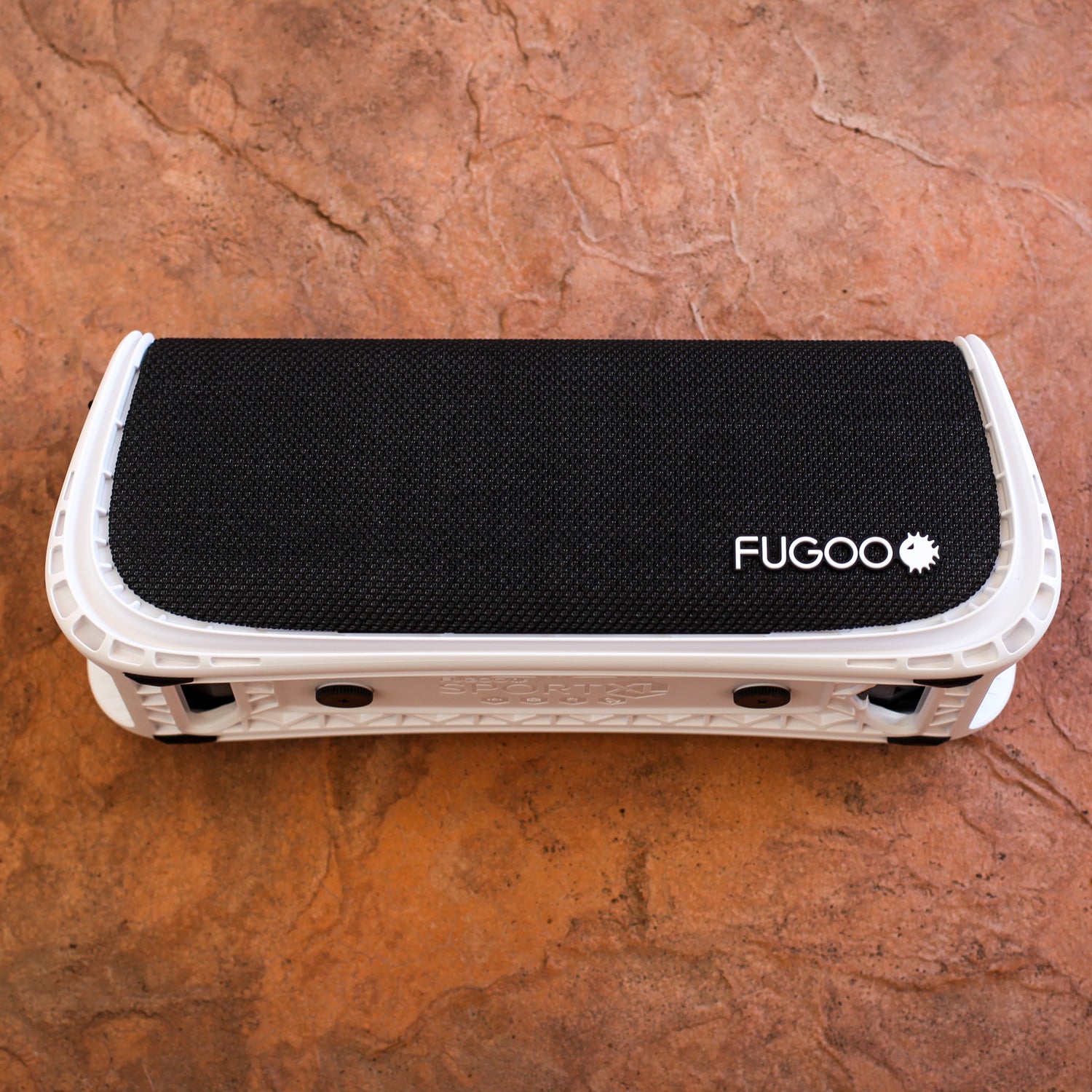Before I get into my review, I want to make one thingĚýclear: Bluetooth speakers have no place in the backcountry. The sounds of nature are amazing and should not be sullied by someone else’s shitty taste in music. I never carry a speaker if I’m skiing, climbing, riding, or hiking. If, however, I can access a campsite with my Toyota Camry and park next to some bro with a generator, it’s game on. Same thing goes for when I’m cleaning out my garageĚýor at a cabin with my family. A good speaker can make all these places more enjoyable, and in my opinion, there’s not better choice than the .
I first got my hands onĚýthe Fugoo in the spring of 2016 when I tested rugged Bluetooth speakers for this column. It placed second in my round-up,Ěýonly because it’s super pricey at $230 and pretty heavy at just over four pounds. But in terms of sound quality, it was lightyears ahead of everything else we used and totally holds its own against newer models like theĚý. The bass drops on the Fugoo were thunderous and guttural, but the sound was also so clear that you could hear the sound of a guitarist’s fingers sliding from cord to cord on steel strings. And boy, was it loud. My wife and I took the XL along when visiting her parents last year, and my father-in-law took a liking to it. Every time he used it, I was scaredĚýwe were going to piss off the neighbors, even in the middle of the day.
My Fugoo was free since it was a tester, but after aĚýyear’s worth of use, I’d gladly throw down the cash because music coming out of any other lower-quality speaker sounds like trash. Listening to everything from Hiss Golden Messenger to my Spotify Trapaholics radio station, I’ve always wondered how Fugoo made it the speaker so good, so I called up Dennis Stone, the company’s vice president of engineering.
His answer, as you might imagine, was complicated.ĚýBut in layman’s terms, the quality comes from the number of drivers, where those drivers are placed, and a proprietary digital signal-processing algorithm that the speaker uses to create the sound.Ěý
While most speakers in the XL size range have six drivers, the XL packs in eight. There are four tweeters, two mid-woofers, two bass radiators, and each driver handles a specific sound range so that the mid-range woofers aren’t trying to handle everything (which can be the case in some lower quality speakers).ĚýThen you add in the algorithm, which analyzes every song coming through and decidesĚýwhich drivers will pump out which soundsĚýto make the music sound crisp, full, and awesome.
The drivers are distributed across the speaker (they sit on theĚýfront, back, and both sides) so theĚýsound pours out in a circle instead of a straight, direction line, creating a richer listening experience.ĚýTheyĚýare alsoĚýtilted eight degrees upwardsĚýso that the music doesn’t get shot into the table and dulled by that flat surface. Ěý
The sound is enough of a selling point, but I also like that the XL is tough and waterproof.ĚýMy friend borrowed the speaker last year and left it outside for three days in a rainstorm. When the sun finally came back, he turned it on and the thing was no worse for the wear. The XL also floats, so you can grab it if a Ěýfriend accidentally pushes it into the lake. ĚýI’ve dropped, banged, and abused the speaker during daily use and never been afraid that it was going to break. And with a 35-hour battery life—which is best in class for this size speaker—there will be plenty of jams for your weekend camping trip, that next backyard hoedown, or the parking lot apres dance sessions next winter.


